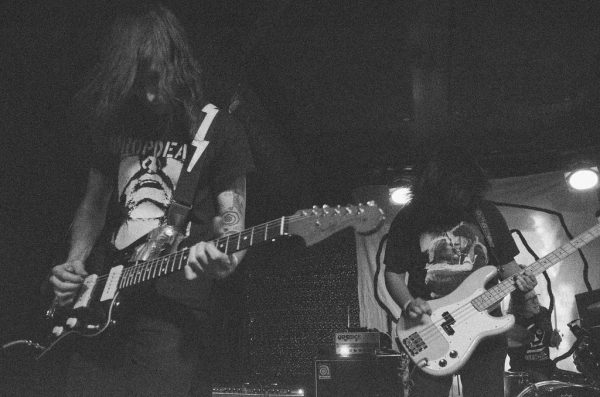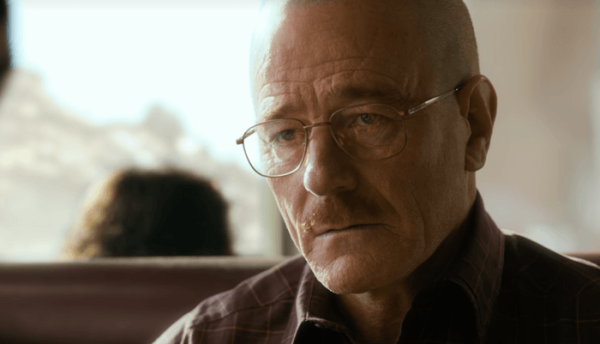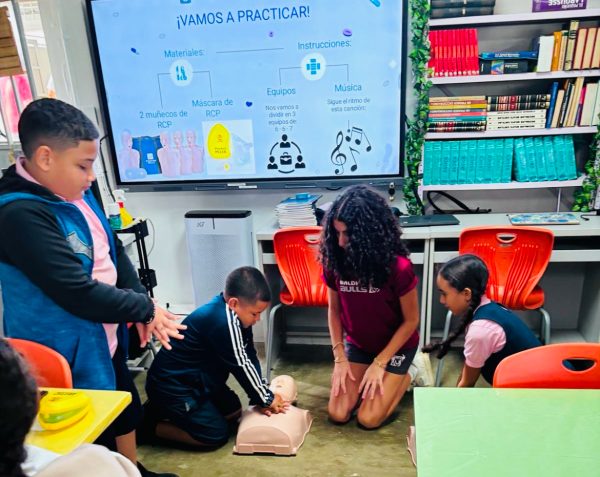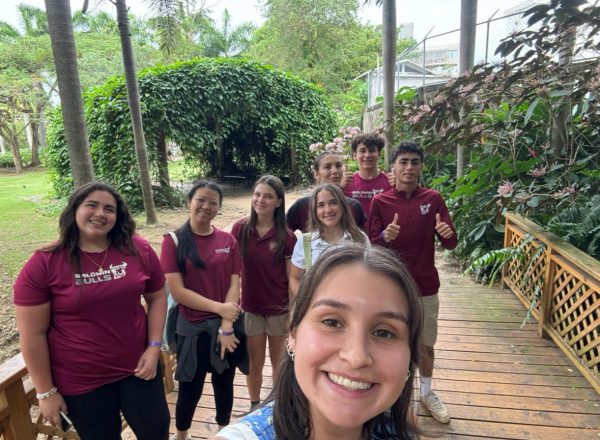Help in Salinas after Hurricane Fiona

On September 20 of 2017, the category 5 hurricane, María, traversed and destroyed the entirety of Puerto Rico, leaving many without family members and a home. Last month, specifically the 16th of September, something similar occurred when the category 1 hurricane Fiona hit us. You may think that a category-1 hurricane is something pretty light, but still, on this island, where electricity is very unreliable and a lot of houses are surrounded by mountains or land that can easily slide, it was devastating. Unfortunately, the least reconstructed areas from the island after María, the west and south, were the ones that got hit the hardest, leaving many residents living in shelters since their homes were flooded with rising rivers or contaminated water as a result of the large amount of precipitation combined with the accumulation of street debris.
Luckily, the Metropolitan area was not hit directly by the eye of the hurricane and did not suffer as much. Because of this, we at Baldwin were exposed to the least devastating side of it, which was helping different municipalities around the island that needed our help.
We partnered with Direct Relief helping out the community in the barrio Playa in Salinas since it was greatly affected by the flooding of the Nigua river. For this, a group of around forty to sixty high school student volunteers from Baldwin gathered and worked together to help out as much as possible for these elderly couples and families.

When we got there, it was devastating to watch a lot of elderly residents cleaning their homes, mud puddles in the streets, and rubble in people’s front yards. To successfully assist them, we were divided into groups of three or four with different tasks and houses to complete them efficiently. The first house we aided belonged to an elderly woman whose backyard was full of mud, branches, metal cables, lead pipes, wood, broken tile pieces, and zinc sheets. There, we took the undesired rubble out of her backyard, including her washer and dryer (which no longer worked) to clean her terrace and furniture that were full of mud. When we were done, we were informed that another house nearby was flooded. Although this home was not originally listed in the houses we were meant to give direct relief to, we decided to lend them a hand since the man living there had already started with the help of a friend of his. As we were taking the water out, we started talking to the man’s friend and he told us that he came from the municipality of Carolina and left his four children behind to help this community’s rehabilitation. Once we left that house, another elderly woman screamed to us for help to clean her home from the other side of the road. Originally, we were going to visit another house, but she told us that she lived alone and had asthma; she could not clean with Clorox. We started by cleaning her floor, which was dirty from flood water, and I transitioned to cleaning her fridge by taking out all the stinky, expired food, whose smell took over her whole house and was affecting her health conditions.

This was an excellent and fulfilling service activity since I had the opportunity not only to aid the community, but also to get out of our closed-knit community and see how the rest of the island is adapting to the new life conditions after the atmospheric phenomenon. While we were cleaning, we were mostly talking to the residents about their experience and trying to put ourselves in their shoes through these tough times. Overall, I would definitely do it again and advise people to help out as much as they can since it is an amazing life experience that you can learn from.
Your donation will support the student journalists of The Baldwin School of Puerto Rico. Your contribution will allow us to purchase equipment and cover our annual website hosting costs.
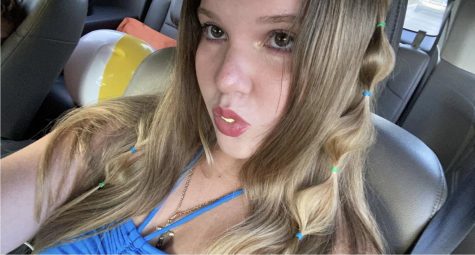
Hi! I'm Yulianna Morales, a junior at Baldwin. I'm part of the Environmental club, El club de Español and now Journalism club! On my free time, I love...

